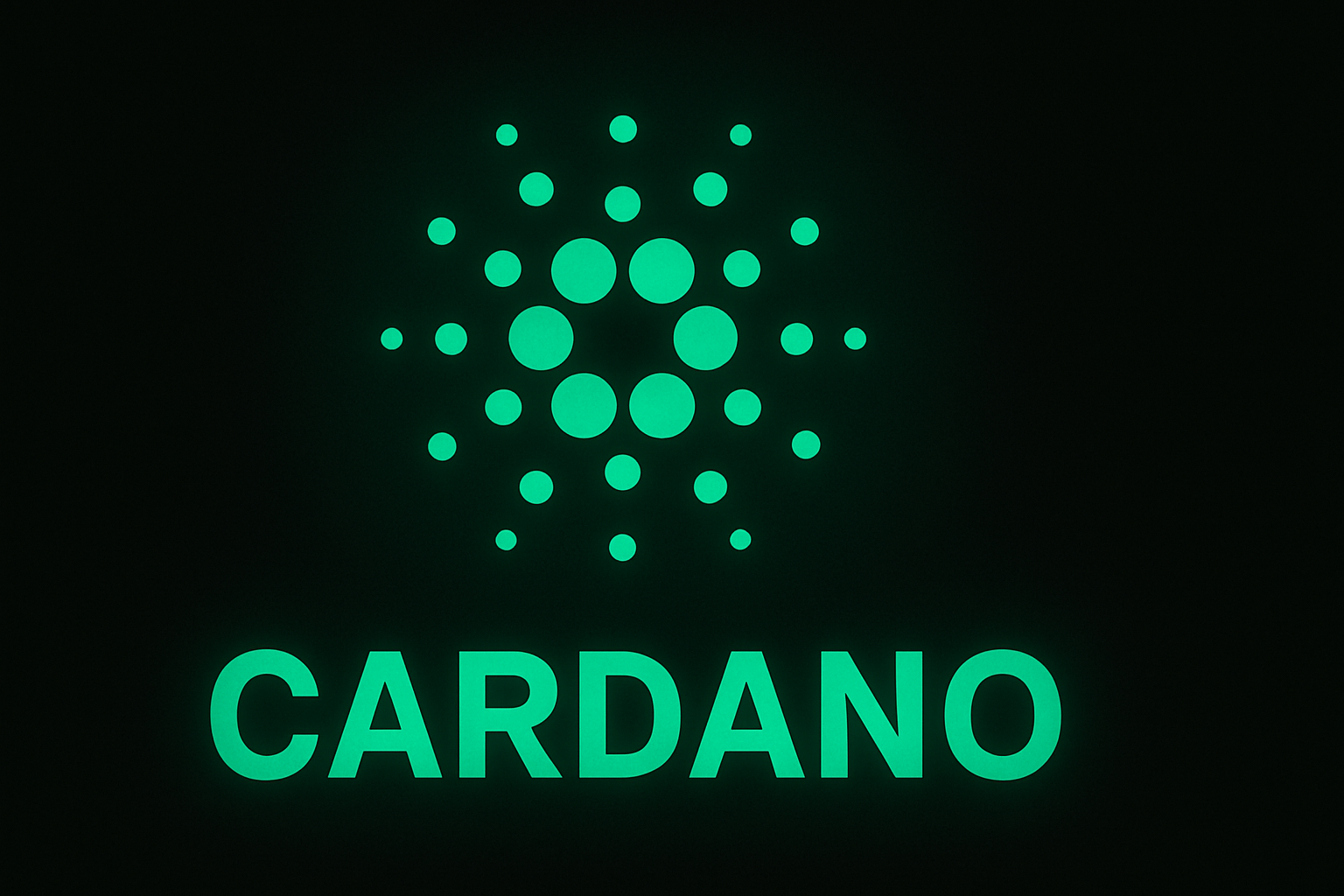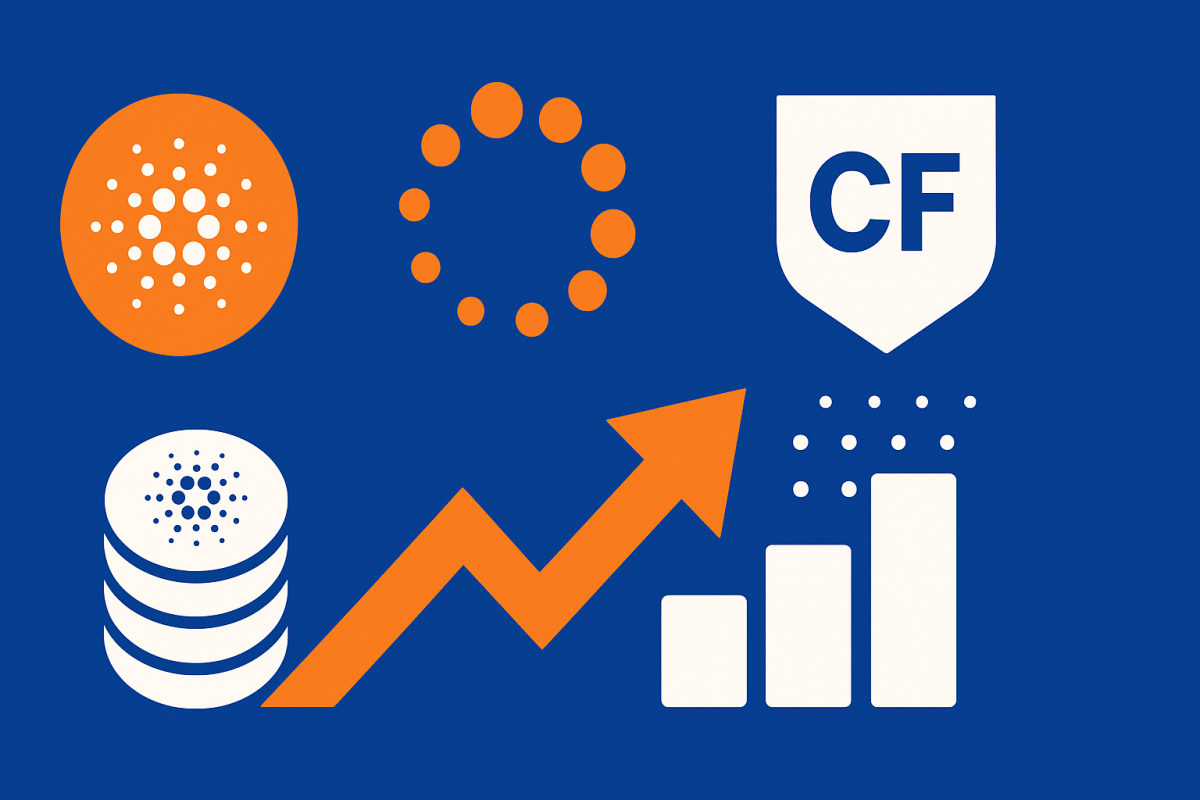Why Cardano Stands Out: Research-Driven, Energy-Efficient, and Truly Decentralized - Crypto News Flash
Cardano’s decentralized and energy-efficient Ouroboros proof-of-stake system eliminates massive mining farms, offering security without slashing penalties. Its deterministic logic and EUTXO model ensure...

- Cardano’s decentralized and energy-efficient Ouroboros proof-of-stake system eliminates massive mining farms, offering security without slashing penalties.
- Its deterministic logic and EUTXO model ensure reliable outputs, boosting blockchain efficiency in high-stakes industries like finance.
In an industry often criticized for excessive energy use and centralization, Cardano presents a counter-narrative. Backed by over 3,000 registered stake pools and designed with sustainability at its core, Cardano has built a decentralized structure without compromising on performance. Unlike Bitcoin’s power-hungry model or Ethereum’s historically high gas fees, Cardano achieves efficiency without slashing, without lock-ups, and without centralized chokepoints.
The network’s design relies on a unique proof-of-stake system called Ouroboros. It selects block producers based on the amount of ADA they control and delegate. This mechanism removes the need for massive mining farms and allows anyone to participate in validating transactions. Delegators can stake their ADA freely—no technical know-how, no penalties, and full liquidity intact. The documentation makes clear:
Cardano does not implement slashing and relies on other mechanisms to ensure the security and integrity of the network, such as SPO pledges, robust operational resilience, and a high degree of decentralization,
This means users don’t risk losing their tokens due to system errors or validator missteps. That’s an unusual and welcome level of confidence for a blockchain user.
Why Cardano’s Approach to Blockchain Matters
More than energy efficiency, Cardano’s commitment to decentralization stands out. Its minimum attack vector (MAV)—a metric of how many nodes would need to be taken down to compromise the network—is among the highest in the space. Combined with the high staking ratio, this reflects a robust and secure system sustained by a diverse community.
The platform’s focus on academic research is equally significant. Over the years, dozens of peer-reviewed papers have shaped Cardano’s architecture. These studies, reviewed by researchers before implementation, inform how the system handles everything from consensus protocols to transaction models. That isn’t just theory—it’s design grounded in audit and verification.
Ouroboros, the proof-of-stake protocol behind Cardano, was the first of its kind to be formally verified. This level of scrutiny translates into predictability for developers, particularly when building smart contracts and decentralized apps.
Native Assets and Contracts with a Lighter Footprint
Cardano’s approach to assets is different. Tokens on the network are treated as native—they don’t rely on smart contracts just to exist. This makes it easier and cheaper to mint and exchange tokens directly on the blockchain. In contrast, Ethereum’s model, dependent on smart contracts for every asset, increases both risk and cost.
The same principle applies to smart contracts themselves. Cardano separates validation and execution. The contract only confirms that the conditions are met; the actual actions happen off-chain. This avoids the domino effect of errors that sometimes cascade through Ethereum-based apps. Cardano’s deterministic logic ensures the same output every time, making development more predictable.
The extended UTXO model (EUTXO) strengthens this approach. Unlike Ethereum’s constantly changing account balances, EUTXO tracks exact outputs, helping prevent unexpected results during execution. In high-stakes environments like healthcare or finance, this matters.
Recommended for you:
This article is provided for informational purposes only and is not intended as investment advice. The content does not constitute a recommendation to buy, sell, or hold any securities or financial instruments. Readers should conduct their own research and consult with financial advisors before making investment decisions. The information presented may not be current and could become outdated.
Bena Ilyas is a seasoned crypto writer spending over 4 years in the field. While scrolling through her favorite topics in the cryptoverse, she likes to cover the crypto market trends (with a keen eye on Bitcoin, Ethereum, hype-filled altcoins), ETF flows, regularity developments, fintech, blockchain-based games, and everything that relates to crypto or blockchain in some way. Before she dipped into cryptocurrencies in 2020, she was doing her MBA from Islamia University of Bahawalpur, but her curiosity about the fast-paced crypto industry set the stage for her journalism career soon after her MBA completion. Apart from CNF, Bena could be spotted on NewsBTC, Bitcoinist, CoinSpeaker, BTCPolitan, and Fuchawire as her past contribution to cryptocurrencies. Besides her contribution to these renowned crypto outlets, she was admired as an expert crypto trading analyst by the IME Institute BWP. Outside of work, she enjoys reading books and cooking delicious dishes in her spare time.
Delegate Your Voting Power to FEED DRep in Cardano Governance.
DRep ID: drep12ukt4ctzmtf6l5rj76cddgf3dvuy0lfz7uky08jfvgr9ugaapz4 | We are driven to register as a DRep by our deep dedication to the Cardano ecosystem and our aspiration to take an active role in its development, ensuring that its progress stays true to the principles of decentralization, security, and community empowerment.DELEGATE VOTING POWER!








